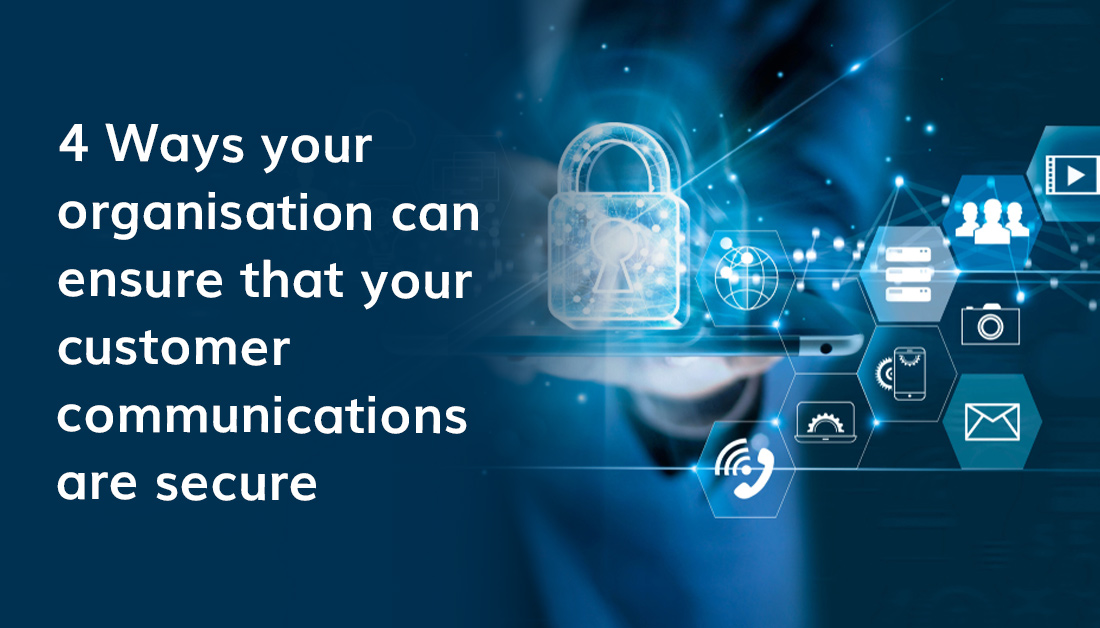
Digital transformation was accelerated as an imperative by recent events. Businesses were forced to become more digitally enabled, so they began adopting new digital technologies and processes. Now, cybercriminals are eagerly capitalising on this expanding digital environment.
This means organisations not only have to keep up with the pace of technological change but also with a rapidly evolving threat landscape. New digital technology, including apps and push notifications, simply present cybercriminals with more opportunities to target an organisation’s customers.
Also, more employees have been working remotely on home networks that are often less secure than enterprise networks, which has also spurred an increase in cybercrime.
In the months following the start of the pandemic, the FBI reported a 300% increase in cybercrime.
With that in mind, here are four ways your organisation can ensure that your customer communications are secure
1. Balance innovation with security
Be cautious of introducing innovation into customer communications without adequate testing and assessment of any risk factors.
There is nothing wrong with trying out new technologies that might benefit your operations in the short and long term. In fact, if you want to stay relevant, you should. When introducing those new technologies, however, be sure to adhere to security best practices.
2. Don’t prioritise access over data protection
Data and data analytics should play a vital role in any organisation’s digital strategy. The introduction of artificial intelligence (AI), as well as Internet of Things (IoT), enabled devices, means organisations now have access to vast amounts of data to fuel their digital initiatives.
However, as much potential as these technologies have, they also bring with them an increased risk of data breaches and devastating consequences for an organisation.
The accelerated adoption of digital processes during lockdowns, means many organisations probably prioritised the setting up of digital access, without the requisite focus on security. Those processes need to be revisited for security risks and to ensure the protection of personal data.
3. Encrypt and protect personal data
Most countries, including South Africa, have data protection laws that require companies to protect the personal information they are handling. This means not sending personal information over insecure channels, both internally and to customers. Personal customer correspondence should be secured in an encrypted document, that only the intended recipient is able to access. This ensures the privacy of that information while it is in transit, and when it resides on the customer’s personal device.
4. Educate employees on security risks and how to mitigate them
People remain the greatest point of security vulnerability. There’s a reason why 95% of cybersecurity breaches are as a result of human error.
Audit customer communication processes to identify where employees or customers could inadvertently expose the company or themselves to a security risk. The most powerful way to combat risk is to introduce an ongoing education programme, both internally and externally.
Also ensure that customers and employees are able to recognise phishing attempts and know not to click on links or open any document that they are not expecting. This is especially important now, as you most likely have a number of new digital users who are not experienced when it comes to spotting online scams.
Security is an ongoing project
Security shouldn’t be seen as a “once and done” initiative when it comes to your organisation’s digital transformation efforts. Instead, approach it as an ongoing project. Moreover, stay on top of the latest threats and ensure that employees and customers alike understand those threats and know how to keep themselves safe.















